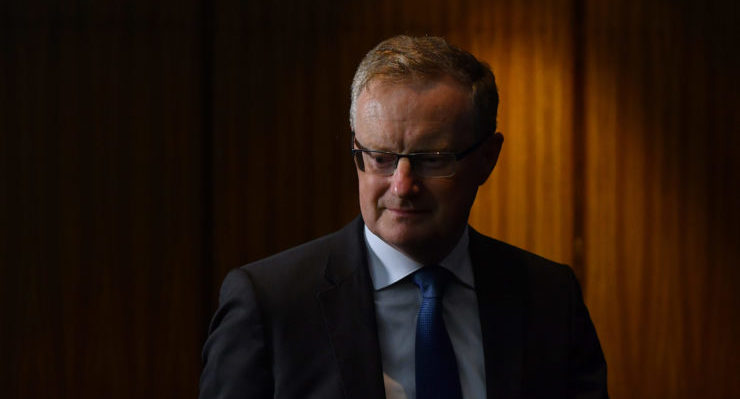
Tomorrow’s July meeting of the Reserve Bank may be every bit as important as its decisions in March 2020, which established the monetary policy side of the pandemic stimulus.
Starting in March it cut the cash rate to the all-time low of 0.25%, and 0.1% eight months later, started a unique yield control plan to keep the cash rate at 0.25% and then 0.1% for three years, set up a term funding facility to help banks continue to lend money (which ended last week on June 30), and targeted the 10-year bond rate via a $100 billion bond-buying campaign — or quantitative easing — which capped the strength of the Aussie dollar despite a commodities boom.
Tuesday’s meeting will see no change in the cash rate, nor in the continuation of quantitative easing, although there could be a phased reduction in the monthly bond buying and perhaps a date later this year to again review the policy.
It will be the yield control policy that is the focus: the RBA will decide whether it retains the target month of April 2024 for its three-year bond purchasing, or pushes it out to the November 2024 bond. The latter would be a tacit admission that interest rates will remain at the record low until 2025.
RBA governor Philip Lowe has a very rare media conference tomorrow, and there’s a major speech from him on Thursday on labour markets and monetary policy to give us a further insight into the RBA’s thinking on the key issues: jobs, wages, and lifting inflation to where it is between the target range of 2% to 3% “sustainably”.
Until recently, the bank retaining the April 2024 target was a virtual certainty — jobs growth has been much stronger than expected, helped by border closures that have prevented business from employing their now-traditional scam of bringing in temporary workers or exploiting foreign workers already here rather than paying higher wages.
But the disaster of Prime Minister Scott Morrison’s vaccination rollout and his failures on quarantine facilities have led to more than half the country being locked down in recent days as a new variant exploits his government’s incompetence and the complacency of state governments. The likelihood of more outbreaks from hotel quarantine and surging waves of new variants overseas — especially in developing countries that, like Australia, have low vaccination rates — will figure in the bank’s calculations.
But so too will one of the consequences: Friday’s decision by national cabinet to halve international arrivals, thereby cutting further the small number of workers businesses have been able to bring in. That will boost jobs growth and wages.
Economists still think the meeting will keep the April 2024 target for the yield control program, while the bond-buying at the 10-year maturity will be continued but at a slower pace. The AMP’s chief economist, Shane Oliver, wrote in his weekend note that he expects to see “the bank ease up on some of its emergency stimulus measures but remain pretty dovish in view of the threat posed by the latest coronavirus outbreaks and lockdowns”.
“Specifically, the RBA is likely to retain the April 2024 bond for its ‘three-year’ yield target because it’s likely to conclude that there is a reasonable prospect for the conditions being met for a rate hike in 2024 and we also expect the RBA to announce that it will reduce its bond-buying program to $75 billion over six months from September (from $100 billion at present) but would not be surprised if it moves to more frequent reviews of its bond-buying.”
Oliver also expects Lowe to retain the broad guidance about the conditions for a rate rise not being met until 2024.
It all comes back to a point the bank keeps making and which still doesn’t seem to have sunk in with the growing “rate rise looms” crowd: jobs growth isn’t enough. It has to translate into inflation.
As economists at Moody’s said on Friday: “Although domestic demand has rebounded strongly and the pace of the labour market revival has exceeded expectations in recent months, wage growth and inflation have remained relatively subdued over this period.”
For those business groups whingeing about “labour shortages” (aka not offering high enough pay), their shrieks will get a lot louder yet. We’ve got a long way to go until workers start getting decent pay rises of the size that satisfies the RBA’s aspirations.









“border closures that have prevented business from employing their now-traditional scam of bringing in temporary workers or exploiting foreign workers already here rather than paying higher wages.”
It is pleasing to see Crikey bell this cat, even if they are nearly a lone voice in the crowd. A few others are on to it, Alan Kohler obviously and there are others around.
Oz business would rather cut their heads off than offer higher wages to attract staff. It will be a while before wage inflation kicks in because they have become so lazy, so indolent, and old ways of thinking are so deeply entrenched.